CONECTAR
Nos pondremos en contacto con usted dentro de las 24 horas.
Para sus consultas urgentes, póngase en contacto con nosotros a través de whatsapp No: +86-18001668319

Aluminum Paste for AAC Block is also known as AAC aluminium powder paste and aluminium powder paste. The key use of aerated aluminium powder for aerated concrete is the reaction between aluminium powder, silica and quicklime during production, releasing the vapour to form a porous structure inside the aerated concrete.
Aluminum Paste for AAC Block is also known as AAC aluminium powder paste and aluminium powder paste. The key use of aerated aluminium powder for aerated concrete is the reaction between aluminium powder, silica and quicklime during production, releasing the vapour to form a porous structure inside the aerated concrete.
AAC is a new type of wall construction material, which is unique in that it is a very lightweight new type of building wall material for external wall insulation. Aerated concrete technology began 100 years ago, China’s technology started late, lagging behind overseas for 40 years. However, the development of China’s aerated concrete industry is indeed very rapid. China’s aerated concrete technology strength has reached the international advanced level.
Aluminum Paste for AAC Blocks is also known as AAC Aluminium Paste and Aluminum Paste Paste. The key use of aerated concrete aerated Aluminum Paste is the reaction between Aluminum Paste, silica and quicklime during the production process, releasing the vapour to form a porous structure inside the aerated concrete.
In the mixing link in the production of AAC blocks, the aerated add Aluminum Paste paste mixing tank, fully stirred into the Aluminum Paste paste metering scale, and finally put into the pouring mixer with lime, gypsum, coal ash and other raw materials. Aluminum Paste in the Aluminum Paste can be embodied with the alkaline substances in the aerated concrete pulp to release H2, resulting in bubbles, so that the aerated concrete pulp pescetto caused by the porous structure.
As a result, the manufacture of aerated concrete blocks generally weigh 500-700kg/m3, only equivalent to 1/4-1/5 of clay bricks, 1/5 of concrete is one of the lighter mix. Compared with ordinary brick and concrete structure building, self-weight relief of more than 40 per cent.
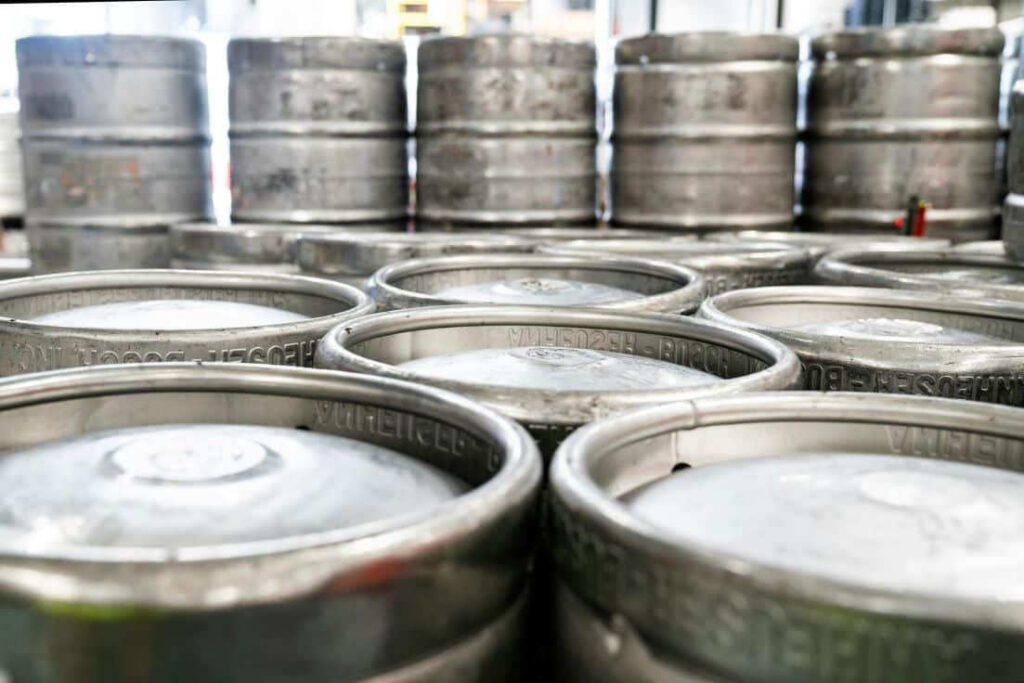
AAC is to be made of lightweight porous silicate commodities by taking silica materials (sand, coal ash, silica tailings, etc.) and calcium materials (lime, cement) as raw materials, mixing with aerating agent (aluminium powder) and making lightweight porous silicate commodities based on the processes of seasoning, mixing, pouring, pre-cultivation, cutting, autoclaving, and maintenance.
Aerating contains a large number of symmetrical and fine pores, so it is called aerated concrete.
Essentially, all AAC, including AAC blocks, foamed concrete and concrete with air-entraining agent.
Narrowly defined as AAC blocks. Generally classified according to the type of raw materials, process load-bearing efficacy.
According to the appearance, AAC can be divided into various specifications of blocks or plates.
Based on raw materials, most of the AAC has three kinds: (cement, lime, coal ash aerated brick); (cement, lime, sand aerated brick); (cement, slag, sand aerated brick)
AAC can be divided into five types according to its use: non-load-bearing blocks, load-bearing blocks, insulation blocks, wall panels and roofing.
Aerated concrete is characterised by light density, high thermal insulation performance, good sound absorption and certain strength processability, and is one of the earliest and most widely used lightweight wall panel materials in China.
Scope of use of AAC
The production and application of non-load-bearing blocks is the most extensive, the bulk density is generally 500 kg/m3 and 600 kg/m3, mainly used for structural masonry and partition walls, not load-bearing; load-bearing blocks have a bulk density of 700 kg/m3 and 800 kg/m3, the project is load-bearing after special structural treatment; thermal insulation blocks have a general bulk density of 300 kg/m3 and 400 kg/m3, mainly used for building exterior walls, the bulk density of 300 kg/m3 and 400 kg/m3, mainly used for building exterior walls, the bulk density of 300 kg/m3 and 400 kg/m3, mainly used for building exterior walls, the bulk density of 400 kg/m3, mainly used for building exterior walls. m3, mainly used for building exterior wall insulation; roof and wall panels are reinforced aerated concrete panels, with different hoops according to different uses.
1、High-level architecture building. Years of practice has proved. The use of AAC in high-rise architecture buildings is economical and reasonable, especially with the inner wall of the block base wall, which has gained general acceptance in the society.
2, Earthquake-resistant geographical buildings. Because of the light weight of AAC, its building seismic force is small, which is beneficial to earthquake resistance. Comparison with the brick building, in the same building and seismic conditions, seismic design defence level and the level of earthquake damage is too big a difference. If the brick building to do 7 degrees of defence, will be destroyed. At this time, the aerated concrete building only to do 6 degrees of defence, will not be destroyed. 1975 Haicheng earthquake period, more than 30 porous concrete buildings slightly damaged, while the neighbouring brick buildings were seriously damaged; 1976 Tangshan earthquake period, Beijing Baijiazhuang, a five-storey aerated concrete loaded building weighing only 700kg/m2. At that time, the seismic intensity of the earthquake was 6 degrees strong, there is no new gap after the earthquake. However, large diagonal cracks occurred in the lower side of the four-storey mixed structure house at 50m.
3, The building in the cold region. AAC has a good thermal insulation effect. The thermal insulation effect of its 200mm thick wall is equivalent to the thermal insulation effect of 490mm thick wall, because of its construction in the cold region of the economic benefits of the building is outstanding and competitive.
Fourth, soft plastic roadbed construction. Under the same roadbed conditions, the number of layers of AAC building can be increased, economically favourable. The main disadvantage of aerated concrete is to collect large, low elasticity abrasive, fear of cold. Thus, aerated concrete is not suitable for the following sites, temperature greater than 80 ℃, acid and alkali environmental damage; long-term wet environment, especially in the cold region.
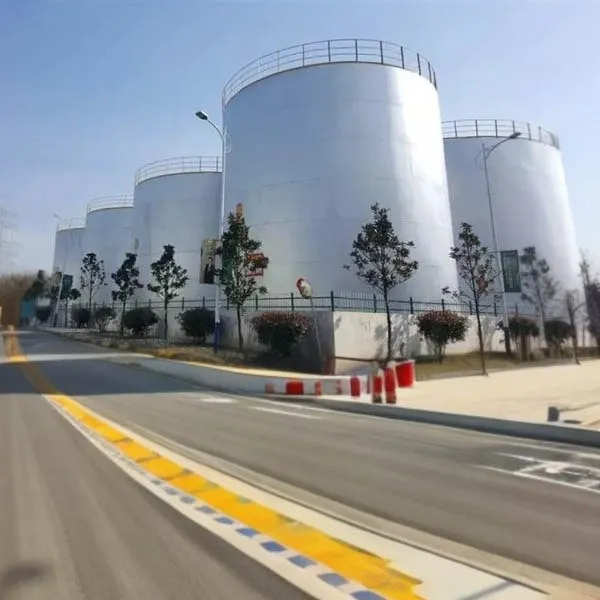
La cantidad de pasta de aluminio utilizada depende de la densidad volumétrica del CAA. Si se utiliza pasta de aluminio de la misma calidad, cuanto mayor sea la densidad volumétrica del producto, menor será la cantidad de pasta de aluminio utilizada.
De hecho, podemos calcular con precisión la cantidad de pasta de aluminio utilizada basándonos en la densidad volumétrica del producto:
Basado en la fórmula de reacción de la pasta de aluminio que sustituye al hidrógeno en el agua en un entorno alcalino:
2AL 3Ca(OH)2 6H2O-3Ca.AI2O3.6H2O 3H2↑
Según las estadísticas, 2 gramos de aluminio puro metálico pueden producir 3 gramos de H2, pero en condiciones estándar, el volumen de 1 gramo de gas es de 22,41, y el peso atómico del aluminio es de 27. Por lo tanto, la producción de gas de la pasta de aluminio es:
Vo=22.4X1.241/[3/2X27]g
De acuerdo con la fórmula anterior, la producción de gas de la pasta de aluminio en diversas condiciones puede calcularse utilizando la ecuación del estado de vapor (V1/T1)=(V2/T2):
El volumen de AAC puede simplificarse en dos partes: una es el volumen aprobado del material base, y la otra es el volumen de poros formado tras la gasificación de la Pasta de Aluminio. Según el volumen de poros, se puede calcular la cantidad de pasta de aluminio:
M aluminio=V poro/(V2K)
En el tipo M aluminio-la cantidad de Pasta de Aluminio utilizada en los productos de la empresa (g/cúbico);
K--contenido de aluminio activo
El volumen de poros es igual al volumen de producto, combinado con la cantidad de materiales y sus respectivas proporciones para reducir el volumen de materias primas y agua). Sin embargo, durante el proceso de producción, la producción de gas se ve afectada por muchos factores, como los cambios de temperatura y la consistencia de la pasta. Según los cálculos teóricos, la cantidad de pasta de aluminio es imposible e innecesaria. La fábrica selecciona en base a la experiencia social y ajusta en cualquier momento. En términos generales, cuando se utiliza pasta de aluminio, la pasta de aluminio se añade en una proporción de 8/10.000 materiales secos para producir 600kg/hormigón celular cúbico.
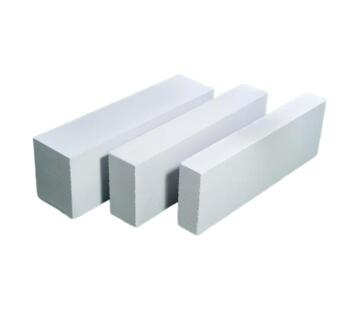

| Nombre del producto | Contenido sólido (%) | Alúmina activa (%) | Densidad aparente | Tamaño medio de las partículas (D₅₀) | Adecuado para CAA |
|---|---|---|---|---|---|
| DEG-60 | 70% | ≥96 | 0.15 | 58-62 | <600 |
| DEG-40 | 70% | ≥94 | 0.15 | 36-42 | <500 |
| DEG-35 | 70% | ≥94 | 0.15 | 33-35 | <400 |
| DEG-25 | 70% | ≥94 | 0.15 | 25-27 | <400 |
| DEG-18 | 70% | ≥92 | 0.11 | 17-19 | <350 |
AAC made of Aluminum Paste can not only react with water to cause H2, and explored the strength of aerated concrete, mainly contains the pore structure of AAC. To form an ideal pore structure, the aerating of Aluminum Paste must be consistent with the thickening and hardening of aerated concrete paste. This requires that the Aluminum Paste not only has more metallic aluminium content, but also has a certain particle size and particle shape to ensure a moderate aerating profile.
(1) Aerating capacity of Aluminum Paste
The aerating capacity of Aluminum Paste lies in the amount of Aluminum Paste used in AAC. The gassing quantity of Aluminum Paste is the volume of H2 produced by unit mass of Aluminum Paste and fully reacted under the standard state. 1g of metal aluminium, the theoretical value under the standard state, obviously, the more metal aluminium content in Aluminum Paste, the more gassing quantity, the more vital aluminium in aerated concrete paste (can participate in gassing reflection, resulting in aluminium hydroxide, which is known as vitality aluminium; in Aluminum Paste paste, the other index is different from vitality aluminium is the solid point), the actual In the Aluminum Paste paste, another index is solid state point), the actual gas generation is more. Therefore, the Aluminum Paste paste used for aerated concrete is different from that produced with higher purity aluminium ingot (purity above 98%). Aluminum Paste metal aluminium content is generally required to be not less than 98%, dynamic aluminium content of not less than 89% (Aluminum Paste paste is slightly lower).
(2) Aluminum Paste particle size
The particle size of Aluminum Paste does not affect the amount of gas, but affects the speed of gas. The denser the Aluminum Paste, the larger the specific surface, the larger the surface area to participate in the embodiment. As a result, the faster the duration of gas generation, the faster the speed, the faster the gas generation proceeds.
Generally speaking, Aluminum Paste according to the production of strict quality manipulation, particle size is generally maintained within a certain range; however, due to the differences between the production enterprises and production processes, the actual particle size varies greatly, which becomes one of the important factors affecting the reliability of pouring.
(3) Particle shape
The shape of Aluminum Paste particles has an important influence on the characteristics of Aluminum Paste gas. There are two kinds of Aluminum Paste particle shapes, one is liquid and irregular needle-like, should be produced in the spraying link; the other is broadleaf or irregular fish scale, produced by the spray powder crushing. Liquid spray powder chemical activity is very low, in the AAC slurry basically does not gas. The fundamental reason is that this type of Aluminum Paste is a high temperature molten liquid is compressed air blown into particles, air slowly in the refrigeration link, significant oxidation, resulting in dense alumina purification film, seriously impede the chemical reaction, according to the grinding of Aluminum Paste particles, resulting in bias flat fish scales, there are more new metal surface, and subsequently elevate the area of hair gas reflection. In addition, in the grinding session, the Aluminum Paste particles are milled, impacted, cold rolled, extended and ruptured, which flattens the Aluminum Paste particles with a lot of irregular edges. The metal lattice at the irregular edges is bound to produce more distortions, deformations and cracks into more energetic chemically optimistic areas, which drives the Aluminum Paste to have better gassing characteristics.
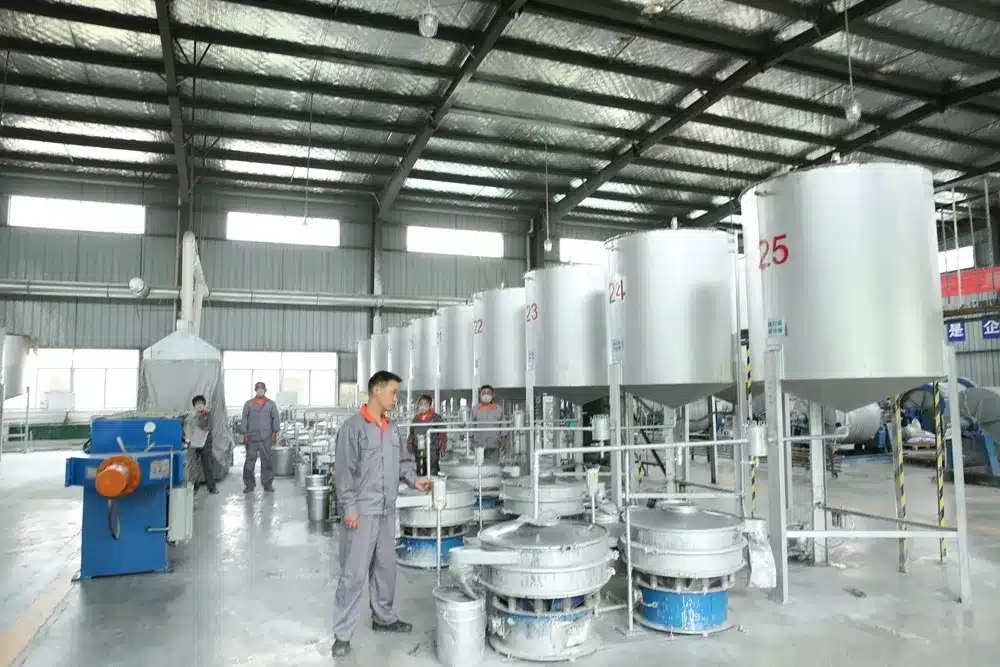
Introduction of Aluminum Paste for AAC Block:
Aluminum Paste for AAC Block is a high-performance, safe, environmentally friendly, and cost-effective construction additive widely used in the production of foamed concrete, ALC panels, aerated concrete, and other building materials.
Key Features of Aluminum Paste for AAC Block:
The main use of aerated Aluminum Paste in aerated concrete is to cause chemical changes in the production process of Aluminum Paste, silica and lime powder, releasing vapour to produce a porous structure inside aerated concrete.
Thus, Aluminum Paste is vital in the production process of AAC block.
Applications of DEG Aluminum Paste:
Instrucciones:
Especificaciones de embalaje:
Principio de funcionamiento de la pasta de aluminio DEG:
Aluminum Paste for AAC Block forms a protective film to regulate the oxidation rate of aluminium powder and prolong the aeration time. DEG also reduces the surface tension of aluminium powder, making it easier to disperse in concrete and forming a uniform and fine air pore structure.
Aluminum Paste for AAC Block is a high-performance, safe, environmentally friendly, and economical construction additive that has become a new favourite in the modern construction industry.

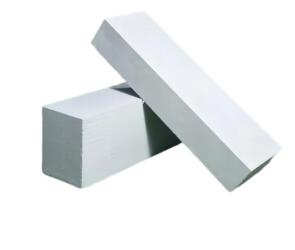
Le sugerimos que se comunique con nosotros plenamente antes de comprar, sin duda consideraremos todos los aspectos y le ofreceremos un plan de precios justo y razonable. Al elegirnos, obtendrá el mejor producto y la mejor relación calidad-precio.
Choosing the right size of product gives you the best value for money. Our Aluminum Paste for AAC block is available in a wide range of particle sizes and purities, with prices varying by specification. By communicating your needs in detail and choosing the right size, you can get the best value for your money.
Cuanto mayor sea la cantidad comprada, menor será el precio unitario. Los pedidos al por mayor nos permiten compartir mejor nuestros costes de producción y funcionamiento, por lo que nos complace ofrecer precios con descuento por compras al por mayor.
El momento y la forma de pago que elija también afectarán al precio. Por ejemplo, pagar todo por adelantado puede resultar en un precio más favorable, ya que reduce nuestro coste de capital. Consulte con nuestro equipo de ventas la opción de pago que más le convenga.
El transporte y la logística también son factores que afectan al coste total de propiedad. Los costes de envío varían según el modo de transporte y el destino. También hay que tener en cuenta los aranceles, los seguros y otros gastos. Si calcula estos factores antes de la compra, podrá estimar con más precisión el coste total.
El proceso de producción de la pasta de aluminio aireada es crucial para determinar la calidad y el rendimiento del producto final. Este capítulo detalla el flujo de producción, las tecnologías clave y los puntos de control de cada etapa del proceso de fabricación de la pasta de aluminio aireada para ayudar a los lectores a comprender mejor la fabricación de este material crítico.
El flujo de producción de pasta de aluminio aireada (lodo)/polvo suele incluir los siguientes pasos principales:
Antes de iniciar la producción, la selección y preparación de las materias primas son cruciales. En principal Las materias primas incluyen polvo de aluminio, aditivos (como DEG, dispersantes, etc.) y otros ingredientes. La selección del polvo de aluminio suele basarse en el tamaño de sus partículas, su actividad y su pureza. El polvo de aluminio altamente activo puede generar más gas hidrógeno al reaccionar con el agua, logrando así mejores efectos de generación de gas. La selección de aditivos debe tener en cuenta su papel en la pasta de aluminio aireada, como la mejora de la fluidez y la mejora de la reactividad.
El polvo de aluminio preparado y los aditivos se mezclan en un cierta proporción. En este paso se suelen utilizar equipos de mezclado de alta eficacia para garantizar una distribución uniforme de los componentes y evitar la aglomeración. El tiempo y la velocidad de mezclado deben controlarse estrictamente durante el proceso de mezclado para garantizar una combinación suficiente de polvo de aluminio y aditivos, sentando una buena base para las reacciones posteriores.
Los materiales mezclados deben triturarse hasta alcanzar el tamaño de partícula especificado. Este paso es crucial para mejorar la actividad del polvo de aluminio. El uso de molinos de bolas u otros tipos de equipos de molienda puede reducir eficazmente el tamaño de las partículas y aumentar la superficie del polvo de aluminio, mejorando así su reactividad con el agua. Tras la molienda, los materiales también deben clasificarse para garantizar la consistencia del tamaño de las partículas y la distribución del producto.
En este paso, el polvo de aluminio molido se mezcla con agua y otros aditivos necesarios para formar la pasta de aluminio. Las condiciones de reacción en este momento (como la temperatura y la velocidad de agitación) deben controlarse para garantizar que la reacción entre el polvo de aluminio y el agua sea suficiente para generar una estructura de burbujas estable. Se puede obtener un mejor efecto de generación de gas y fluidez mediante una proporción y agitación razonables.
La pasta de aluminio aireada preparada (lodo) debe prestar atención a las condiciones ambientales durante el almacenamiento y el transporte, evitando las altas temperaturas y la humedad para prevenir la reacción prematura y el fracaso. Sus propiedades físicas y químicas deben comprobarse regularmente durante el almacenamiento para garantizar la calidad estable del producto. Por último, la pasta de aluminio debe envasarse de acuerdo con las normas para garantizar que no se produzcan fugas ni deterioros durante el transporte.
En el proceso de producción de pasta de aluminio aireada (lodo)/polvo, varias tecnologías clave tienen un profundo impacto en el rendimiento y la calidad del producto final:
La molienda de bolas es un importante tecnología para la molienda de polvo de aluminio. El proceso de molienda física puede reducir eficazmente el tamaño de las partículas del polvo de aluminio y aumentar su superficie específica. El menor tamaño de las partículas ayuda a mejorar la reactividad del polvo de aluminio, lo que le permite generar gas hidrógeno más rápidamente al reaccionar con el agua, formando así una estructura de burbujas uniforme y estable.
La tecnología de clasificación juega un importante papel a la hora de garantizar la consistencia de la distribución granulométrica del polvo de aluminio. A través de la clasificación, los polvos de aluminio de diferentes tamaños de partícula pueden separarse, mejorando la actividad y la adaptabilidad del material. Una distribución adecuada del tamaño de las partículas puede optimizar la formación de burbujas y mejorar la resistencia y el aislamiento térmico del hormigón celular.
En el proceso de preparación de la pasta de aluminio, es crucial controlar las condiciones de reacción (como la temperatura y el tiempo). Unas condiciones de reacción razonables pueden garantizar que la reacción entre el polvo de aluminio y el agua sea suficiente para generar un número adecuado de burbujas distribuidas uniformemente. La aplicación de la tecnología de control de la reacción ayuda a mejorar la estabilidad y consistencia del producto.
El rendimiento del producto puede mejorarse optimizando continuamente la formulación de la pasta de aluminio. Por ejemplo, la adición de cantidades apropiadas de ciertos aditivos puede aumentar la velocidad de reacción del polvo de aluminio y mejorar la fluidez y estabilidad de la pasta de aluminio. Además, para diferentes necesidades de aplicación, las empresas pueden desarrollar varios tipos de pasta de aluminio para satisfacer las diversas necesidades del mercado.
En la producción, el control de las condiciones ambientales (como la temperatura y la humedad) también es crucial para garantizar la calidad del producto. Especialmente en las etapas de almacenamiento y transporte, es necesario proporcionar condiciones ambientales adecuadas para evitar que la pasta de aluminio falle o se deteriore debido a los cambios ambientales.
El control de calidad es un importante a lo largo de todo el proceso de producción para garantizar el rendimiento estable de la pasta de aluminio aireada (lodo)/polvo. Las empresas suelen establecer un sistema completo de gestión de la calidad, incluyendo:
Antes de empezar la producción, todas las materias primas deben someterse a una estricta inspección de calidad para garantizar que cumplen las normas de producción. Es necesario comprobar la actividad, pureza y distribución granulométrica del polvo de aluminio para determinar si cumple los requisitos de producción.
Durante el proceso de producción, los parámetros de cada etapa (como la temperatura, la humedad, el tiempo de mezcla, etc.) se supervisan en tiempo real para garantizar que el proceso de producción esté siempre en el mejor estado. Además, los equipos de pruebas en línea pueden detectar y ajustar los problemas a tiempo para evitar la generación de productos no cualificados.
Una vez fabricado el producto, es necesario someterlo a pruebas exhaustivas de rendimiento, que incluyen indicadores como la fluidez, la generación de gas y la resistencia a la compresión, para garantizar que cumple las normas pertinentes y las necesidades del cliente. Sólo los productos que han superado las estrictas pruebas pueden ponerse a la venta en el mercado.

Questions Customers Often Ask When Looking for DAluminum Paste for AAC BlockFactory
1. ¿Es su fábrica un Aluminum Paste for AAC Block manufacturer?
Respuesta: Sí, somos un fabricante profesional de pasta de aluminio DEG con muchos años de experiencia en la producción y tecnología de producción avanzada.
2. What are the quality indexes of Aluminum Paste for AAC Block in your factory?
Answer:The quality indexes of Aluminum Paste for AAC Block in our factory are as follows:
Contenido en sólidos: 70±1
Tiempo de aireación retardada: 1-3 minutos
Aluminio activado: ≥92
Uniformidad granulométrica: alta
3. What is the price of Aluminum Paste for AAC Block in your factory?
A: The price of Aluminum Paste for AAC Block in our factory depends on the specific model and quantity, please contact us for detailed quotation.
4. Cuál es la cantidad mínima de pedido de pasta de aluminio DEG en su fábrica?
R: La cantidad mínima de pedido de lodo de aluminio DEG de nuestra fábrica es de 1 tonelada, depende.
5. What kind of after-sale service can your Aluminum Paste for AAC Block provide?
Respuesta:Nuestra fábrica ofrece el siguiente servicio posventa:
Garantía de calidad del producto
Orientaciones técnicas
Seguimiento del servicio posventa
6. Can your Aluminum Paste for AAC Block be customized?
Respuesta: Sí, podemos personalizar la producción de pasta de aluminio DEG según los requisitos de los clientes.

En Five Star Material, entendemos que cada proyecto es único, y nuestro objetivo es proporcionar las mejores soluciones personalizadas para cada cliente.
Nos pondremos en contacto con usted dentro de las 24 horas.
Para sus consultas urgentes, póngase en contacto con nosotros a través de whatsapp No: +86-18001668319

